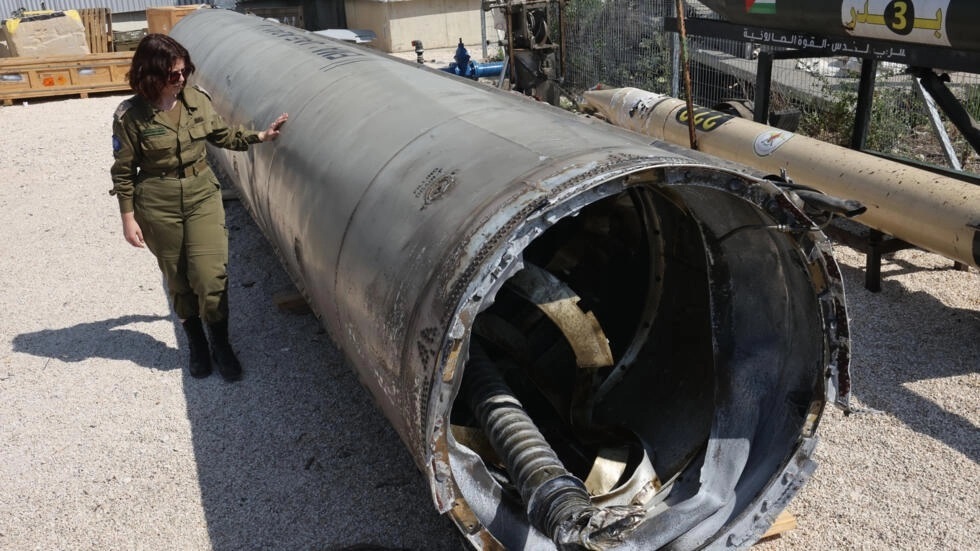Unveiling Truth: Satellite Images Contradict Official Narrative of Israeli-Iranian Conflict

Watan-In a novel that reveals the falsehood of the official narrative declared by the spokesperson of the Israeli occupation army regarding the Iranian attack, Maariv newspaper revealed that satellite images show at least one hit on a building within the vicinity of the nuclear reactor in Dimona, with two hits in its surroundings.
The newspaper quoted researchers as saying that the air defenses intercepted about 84% of the Iranian attack, not 99% as claimed by the army spokesperson.
The Israeli army spokesperson had stated that Iran launched over 300 missiles and drones at Israel, with 99% of them being intercepted. He added that only a few ballistic missiles entered Israeli airspace.
The newspaper confirmed that satellite images show at least one hit on a building within the vicinity of the Dimona nuclear reactor, with two hits in its surroundings.
The Dimona reactor, built by Israel with French assistance in the Negev Desert (south) during the 1960s, is one of Israel’s most famous nuclear reactors.
🎥هكذا بدأ #الهجوم_الإيراني_على_إسرائيل .. فيديو يوثق لحظة انطلاق الصواريخ من الأراضي الإيرانية 👇 pic.twitter.com/WiRjgK7ZRW
— وطن. يغرد خارج السرب (@watanserb_news) April 14, 2024
It was reported that video analysis at the Nevatim base in the Negev shows 4 hits due to the fall of missiles, not missile interception debris.
It was also reported that video analysis showed what appeared to be 5 hits at the Ramon Airbase in the Negev Desert.
Iran launched its first direct attack on Israel in its history on the night of Saturday, April 13, 2024, using drones and missiles. This came in response to an Israeli missile attack earlier this month on the Iranian consulate in Damascus, which resulted in the killing of 7 members of the Iranian Revolutionary Guard, including General Mohammad Reza Zahedi.
The Iranian Mehr News Agency stated that the Revolutionary Guard used Shahed 136 drones and Khaybar 4 missiles in response to Israel.
Today, Thursday, the Iranian Tasnim Agency quoted the commander of the Aerospace Force of the Iranian Revolutionary Guard as saying, “We faced the Zionists with old weapons and with the least amount of strength.” He added, “We did not use Khordad, Sejjil, Haj Qasem, Khaybar Shekan, and Forooq missiles.”
Meanwhile, the Chief of Staff of the Iranian Army, Brigadier General Abdulrahim Musavi, affirmed yesterday that any aggression will be met with a strong and painful response, according to the agency.






